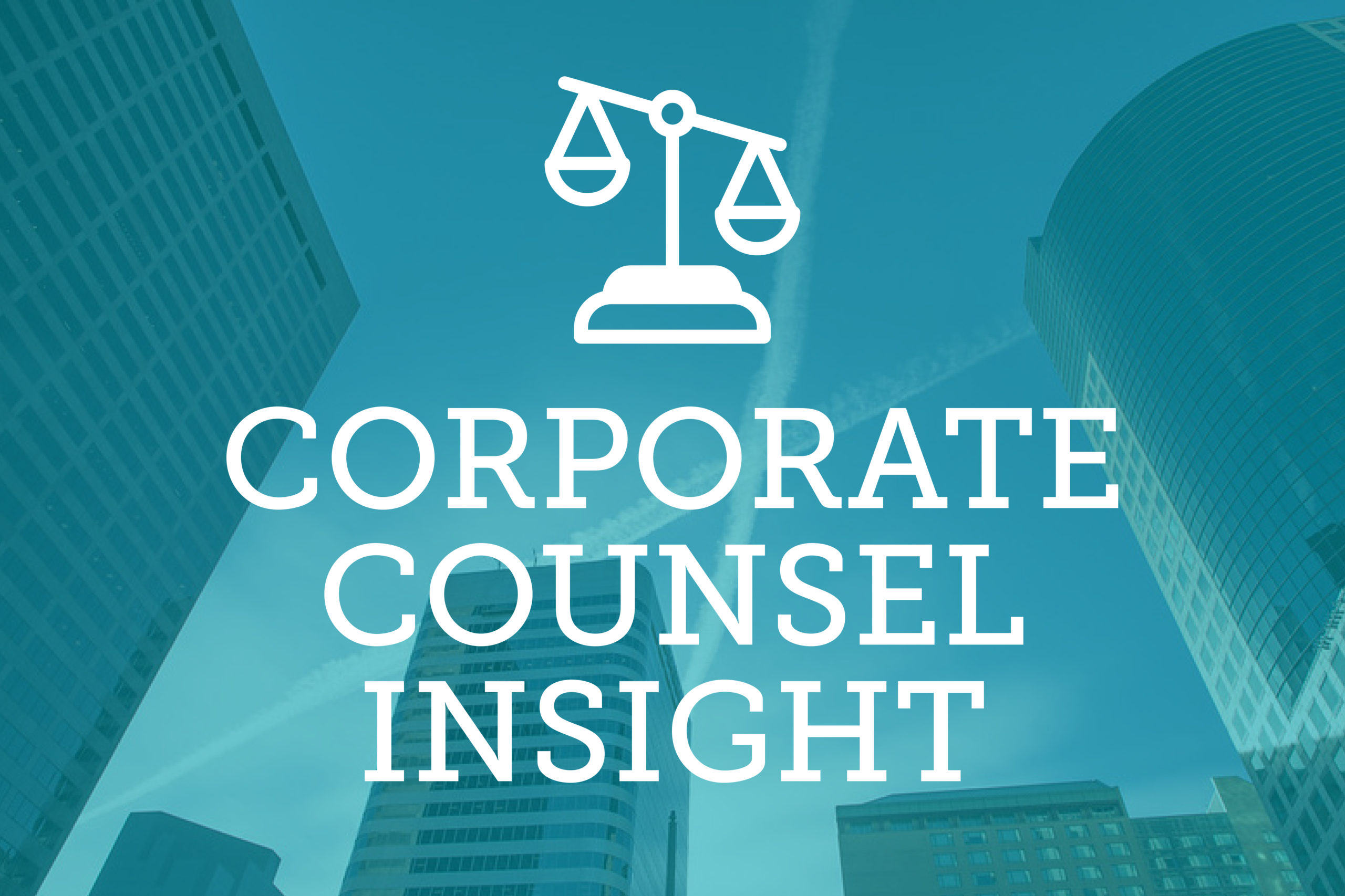

The U.S. Patent and Trademark Office is giving its patent examiners new marching orders for determining whether certain patent applications that contain abstract ideas — including those for computer-related inventions — should be granted.
On Jan. 4, the USPTO published new guidance for how it will judge subject matter eligibility under Section 101 of the U.S. Patent Act. The guidance, which went into effect Jan. 7, gives examiners clearer direction on how they will carry out the U.S. Supreme Court’s so-called Alice/Mayo test, such that it will be harder for them to reject a patent application for being directed to an abstract idea.
The guidance takes steps, using case law, to define what an abstract idea is under Section 101 — a gray area that has vexed companies seeking patent protection for less concrete inventions such as software and certain medical treatments. The guidance also clarifies ways a patent claim that recites an abstract concept could still be patent eligible depending on how it integrates that concept into a practical application.
The USPTO also released new guidance on how it will examine specific issues in patent claims for computer-related inventions.
The U.S. Supreme Court has held that claims “directed to” abstract ideas are ineligible for patents and issued a test for how courts should determine patent subject matter eligibility. But as the USPTO notes in its revised guidance, the office has struggled to ensure its 8,500 patent examiners and administrative patent judges are applying the court’s Alice/Mayo test consistently from case to case. It’s been difficult for patent attorneys and their clients in recent years to predict whether the USPTO will grant their software patents.
“As a practitioner, you just get a bunch of responses [from the USPTO] that are all intended to interpret the same rule, but they interpret it differently,” said Brian Olion, an associate with Kilpatrick Townsend & Stockton’s Denver office who previously worked in the USPTO as a patent examiner. The USPTO recognizes that it’s issuing too many rejections for patents under Section 101, Olion added. The new guidance may, in effect, help change that.
“These guidance documents aim to improve the clarity, consistency, and predictability of actions across the USPTO,” said USPTO Director Andrei Iancu in a press release. “The USPTO will provide training to examiners and administrative patent judges on both documents to ensure that guidance is being properly administered.”
The first major change the USPTO guidance sets forth is that it creates three categories, or “groupings,” of subject matter that would be ineligible due to abstractness:
• mathematical concepts, such as mathematical relationships, formulas, equations or calculations;
• certain methods of organizing human activity, such as hedging investments, signing contracts, and marketing and sales activities; and
• mental processes, such as making an observation or forming an opinion.
There may be cases when a patent claim doesn’t fall into any of those three groupings but is still too abstract to receive a patent. That would be a “rare circumstance,” according to the guidance. But ultimately the new guidance sets limits as to what types of concepts could be considered abstract.
In the Alice/Mayo test, if a patent claim recites a “judicial exception”— a law of nature, natural phenomenon or an abstract idea in one of the new groupings — it could still be patent eligible if that exception is integrated into some practical application.

A mathematical formula by itself may be patent ineligible, but a process that uses a formula to change raw synthetic rubber into precision-molded products is an example of a practical application that might be patentable, according to the guidance. A computer-focused example of this would be an invention that modifies internet hyperlinks to produce dual-source hybrid web pages.
It’s difficult to tell at this point how much the new guidance will relax the USPTO’s rejection rate for patent applications under Section 101, Olion said. He stressed that the guidance doesn’t have the force of law and is merely internal direction for USPTO personnel to follow. Courts, including the Federal Circuit Court of Appeals, could still be skeptical of a patent claim that the USPTO found eligible under its new interpretation. “That’s the biggest fear,” Olion said, adding that patent practitioners are hoping the courts agree with the new guidance.
Essentially, the USPTO is telling its patent examiners not to get too hung up on what might be an abstract concept and throw out the entire patent claim, Olion said.
The guidance will have examiners relying less on case law when determining patent eligibility under Section 101. But that could present a downside for patentees, Olion said. Patent attorneys, when arguing to the USPTO that their patent claim is eligible, are used to pointing to case law and comparing the facts of those cases to theirs. “That was a really easy point of attack, especially for appeals,” he said. But examiners are no longer compelled to give weight to those arguments, and patentees might lose a reliable arrow in their quiver, as a result.
— Doug Chartier

